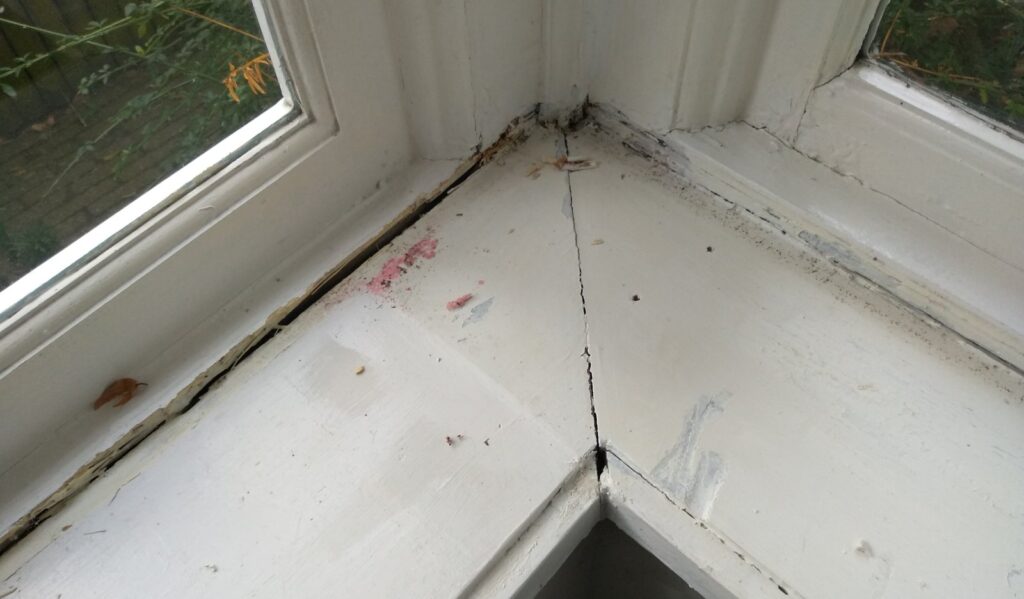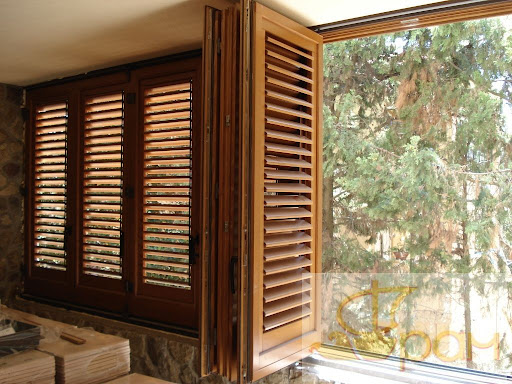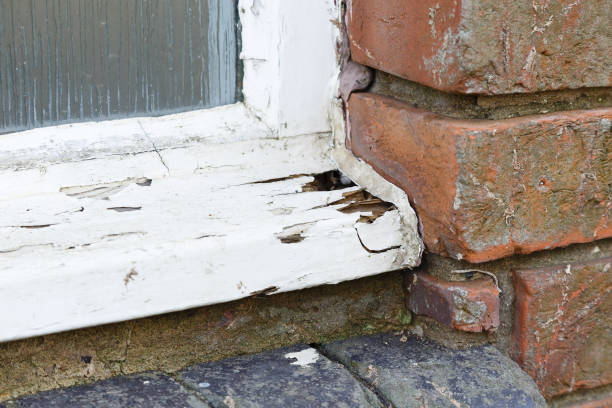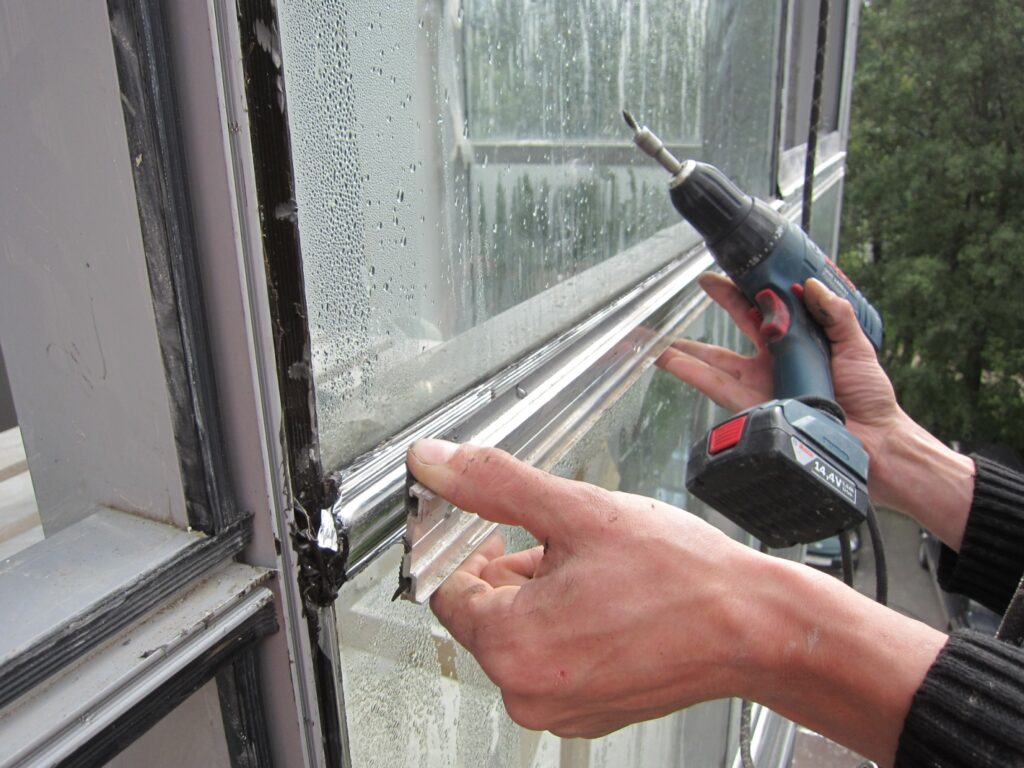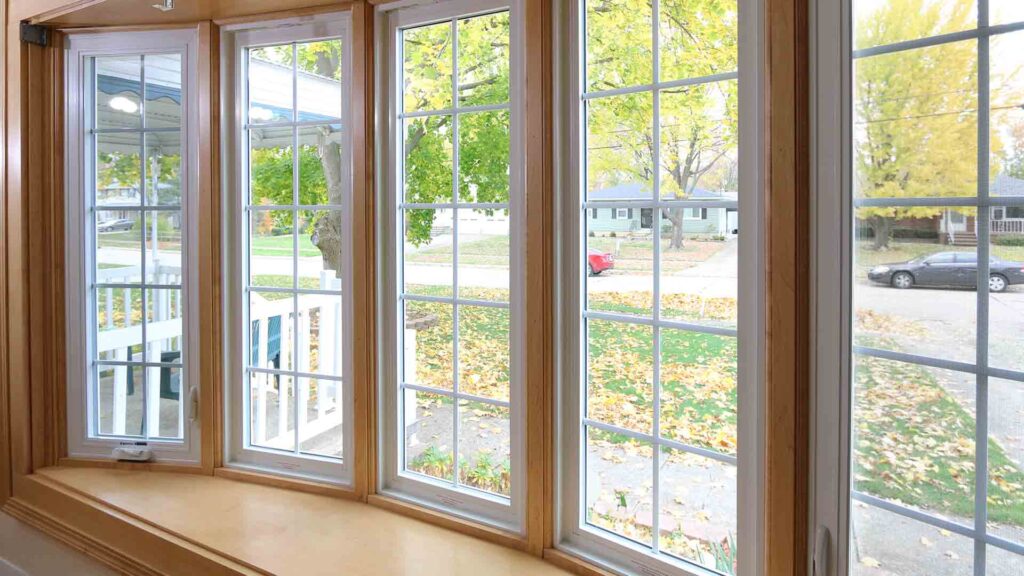Wooden windows add timeless charm and warmth to a home—but with that beauty comes responsibility. Over the years, wooden window sashes are especially vulnerable to wear, weather, and age. And when problems arise, they don’t just affect the window—they affect your comfort, safety, and energy bills.
In this article, we’ll cover the most frequent issues homeowners face with wooden sashes—and how to recognize when it’s time for a repair.
Why Wooden Sashes Are Prone to Problems
Wood is a natural material that reacts to its environment. It absorbs moisture, expands and contracts with temperature changes, and is prone to deterioration without regular maintenance. That’s why window sashes made of wood often show the first signs of aging in older homes.
Even well-made wooden windows can begin to fail if neglected.
Sash Cords Break or Wear Out
In double-hung windows, the sash cord is what allows the sash to stay open. Over time, this rope or chain can fray, stretch, or snap—especially in older windows with original hardware.
Look for signs like:
The sash slams shut or won’t stay up
The cord is visibly frayed or hanging loose
You hear a rattling sound inside the frame
Sash cord replacement is a common repair and can restore full function if caught early.
Sashes Get Stuck or Jammed
Humidity, paint buildup, or swelling can cause your wooden sash to become hard to open or close. Sometimes, years of repainting without sanding the edges can make the sash nearly immovable.
Typical indicators include:
You need force to slide the window
Paint is cracked or peeling along the sides
You hear creaking or feel resistance when lifting or lowering
Often, careful sanding and lubrication can restore smooth movement. In other cases, realignment or part replacement is needed.
Wood Rot or Soft Spots
Wood is especially susceptible to rot if the sash has been exposed to moisture due to failing paint, cracked glazing, or gaps in the frame. Once rot sets in, it spreads quickly—especially in lower corners and the bottom rail.
You might notice:
Soft, spongy wood when pressed
Discoloration or dark spots along edges
Flaking paint that reveals gray or crumbling wood beneath
Minor rot can be treated with epoxy fillers. But advanced decay often requires partial or full sash replacement.
Broken or Loose Glass Panes
Wooden sashes rely on glazing putty or wood stops to keep the glass in place. Over time, these can dry out, shrink, or crack—allowing the glass to loosen or rattle.
Watch out for:
Glass that shifts slightly when touched
Visible gaps between glass and wood
Missing or brittle glazing putty
This issue isn’t just cosmetic—it can lead to drafts, leaks, and further frame damage.
Drafts and Poor Insulation
Even if your sash looks fine, it may not seal tightly anymore. Wooden frames can warp slightly with age, creating small air gaps that let in cold air or humidity.
You may experience:
Cold spots near the window in winter
Higher utility bills without visible cause
Dust or pollen buildup along sash edges
Weatherstripping or sash realignment can often solve this—without replacing the entire window.
Regular Checks Can Prevent Expensive Repairs
Catching sash issues early makes all the difference. Every season, take a few minutes to:
Open and close each window
Inspect for soft wood or peeling paint
Press gently on glass and sash joints
Feel for drafts on a cold or windy day
Early detection helps you avoid full replacements—and preserves the character of your wooden windows.
Final Thoughts: Don’t Let Small Problems Grow
Wooden sashes are a beautiful architectural feature, but they need attention. What starts as a small draft or a stuck window can turn into a much larger (and costlier) repair down the road.
If you’re seeing any of the issues above, it’s time to take action. Whether it’s repairing a sash cord, treating early rot, or restoring a tight seal, professional window sash repair can breathe new life into your old windows—and help them last for decades more.




